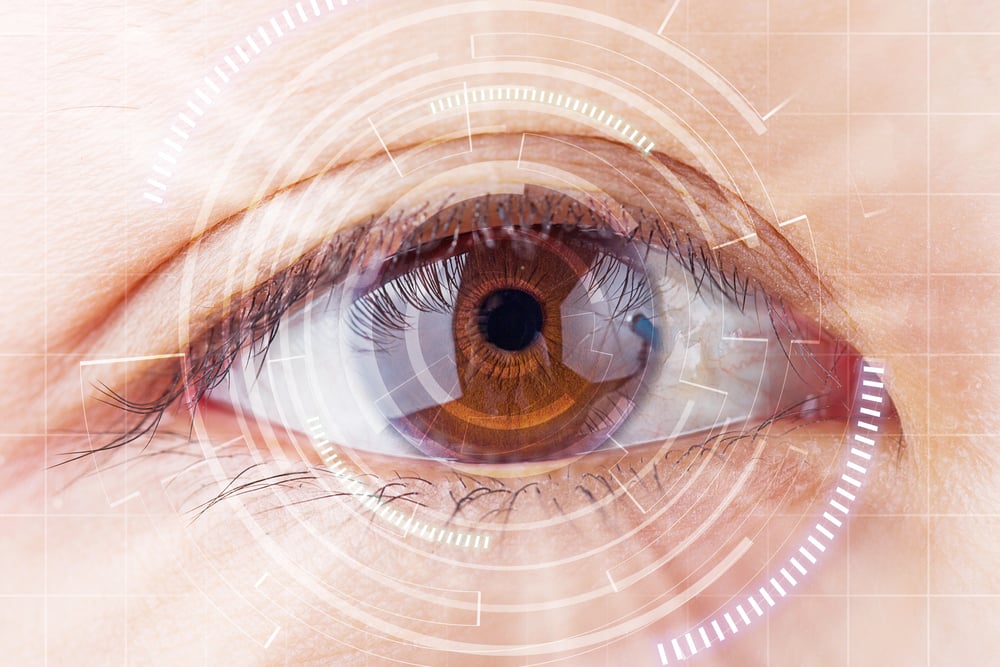Choosing cataract surgery is a big step toward better vision and quality of life. Although the procedure itself is quick and involves only a tiny corneal incision, understanding what to expect afterward is key to a smooth recovery. This guide explains what happens after surgery, outlines the healing process, offers care tips, and tells you when you can safely resume normal activities—helping you feel prepared and confident as your eyesight improves.
Post-Operative Care Essentials
Your recovery continues after surgery, and proper post-op care is crucial. Follow your eye surgeon’s instructions, which typically include using eye drops to prevent infection and reduce inflammation, and wearing an eye patch or eye shield—especially while sleeping—to protect your healing eye. Following these guidelines ensures better healing and optimal results, especially in the first few days.
Dr. Douglas Bull, an Ophthalmologist at Reedsburg Area Medical Center, has decades of experience and performs cataract surgery that improves his patients’ lives. Following his post-surgical recommendations is an important step in the recovery process.
Immediate precautions within the first 24 hours
In the first 24 hours after cataract surgery, rest and protect your eye to minimize the risk of infection. Blurry vision and mild discomfort are normal. Wear the protective shield as directed, and avoid touching, rubbing, or straining your eye. Use prescribed eye drops to prevent infection and control inflammation. Over-the-counter pain relief can help with mild discomfort; contact your doctor for severe pain. You will need to arrange a ride home after surgery.
For a safe recovery on the first day:
- Do not rub or press on your eye.
- Keep water, soap, and shampoo out of your eyes.
- Avoid bending over or activities that put pressure on your head or eyes.
- Do not lift heavy objects or do strenuous activities.
Key dos and don’ts to follow after surgery
After the first day, follow your eye doctor’s instructions closely regarding refractive errors. Your eye is still healing, and certain activities can increase the risk of complications. Attend all checkup visits so your doctor can monitor your progress and address any issues. Wear sunglasses outdoors to protect against bright light and UV rays, and continue wearing your eye shield while sleeping as directed. Avoid places with germs, like swimming pools, hot tubs, and saunas, for the first few weeks to keep your eyes safe.
At-Home Recovery Experience

Your recovery at home is a time to rest and let your eye heal. Some discomfort, itching, or a sensation of something in your eye is normal in the first few days. Your vision may fluctuate between blurry and clear as your eye adjusts to the new lens. This is a normal part of the healing process. Be patient and stick to your prescribed eye drops; do not skip doses, as they prevent infection and inflammation, which can lead to complications. While some symptoms are expected, it’s important to manage discomfort and watch for warning signs.
Managing discomfort, rest, and medications
Mild pain, itching, or watery eyes after surgery are normal and usually resolve quickly. Over-the-counter pain medicine can help, but contact your doctor if pain is severe or persistent. Rest is crucial—limit activity, screen time, and reading if it strains your eyes. Use prescribed eye drops and lenses as directed to aid recovery and prevent complications.
For home care:
- Use all prescribed eye drops as instructed to help control eye pressure.
- Take over-the-counter painkillers only if needed.
- Rest often, especially in the first few days.
- Avoid rubbing or putting pressure on your eye.
- Wear your eye shield at night to protect your eyes while sleeping.
Signs to watch for that may require contacting your doctor
Cataract surgery is generally safe, and most people recover well. Some discomfort, mild redness, or a gritty feeling is normal but should not worsen. Watch for increased redness, swelling, new or worsening discharge, sudden vision changes, persistent pain, new spots or flashes in your vision, or thick discharge related to potential eye conditions. If you notice any of these symptoms, contact Dr. Bull’s office immediately. Prompt action helps prevent serious complications and supports recovery.
Recovery Milestones and Timeline
Cataract surgery recovery from a cloudy lens varies for each person, but most people notice gradual vision improvement over several weeks. Immediately after surgery, your vision may be blurry as your eye heals and adjusts to the new intraocular lens (IOL). Don’t worry if your eyesight isn’t perfect right away—healing is a step-by-step process. Most changes occur in the first week, followed by steadier improvement over the next month. Understanding these stages can help you know what to expect as your vision clears.
What to expect during the first week
The first week is vital for healing. Your vision may fluctuate, and your eyes could be sensitive to light, as Dr. Bull will explain. Colors may look brighter as the new IOL removes cataract discoloration. Use prescribed eye drops as directed to prevent infection and control inflammation. You’ll have a follow-up with your eye surgeon in one or two days. Rest and avoid strenuous activities, heavy lifting, or bending.
Here’s what to expect:
Day 1-2: Vision is usually blurry; mild discomfort, eye pain, or gritty sensation may occur. Wear your eye shield and rest.
Day 3-4: Blurriness starts to fade, vision becomes clearer. Continue using eye drops as directed.
Day 5-7: Vision improves and stabilizes. You can resume light activities but avoid anything strenuous.
Full recovery typically takes four to eight weeks.
Recovery progress over the next month
After the first week, your eye keeps healing and vision improves. Redness and watering should resolve as the corneal incision closes. You’ll see your doctor in about a month to check the recovery process and healing, and discuss glasses if needed. Most people can resume normal activities with the surgeon’s approval. Internal healing continues for several weeks as your brain adjusts. By one month, vision is usually clearer and more stable, with blurriness and light sensitivity fading. Most are cleared for all activities, including exercise, by then. Full healing takes up to eight weeks, although many feel much better after four weeks.
Safe Resumption of Daily Activities
One of the best parts of recovery is noticing your vision improve during your normal daily activities, including watching TV. However, ease back into your routine to avoid slowing down your healing process. Follow Dr. Bull’s advice on what’s safe and how to protect your eyes. Gradually return to normal activities instead of rushing. Always use protective eyewear, like sunglasses, outdoors to protect your eyes from UV and dust. As you begin to resume more normal activities, just don’t rush and always listen to your body.
Driving, screen time, and household chores
Driving is an important recovery milestone. Most patients can drive once their vision stabilizes, usually within a few days to two weeks. Always check with Dr. Bull and ensure your vision is safe for driving. You can usually use screens after one or two days; take breaks to prevent eye strain. Use any prescribed eye drops as needed and rest your eyes when they are tired. Avoid bending at the waist or lifting heavy objects for at least one week to prevent increased eye pressure. Wear sunglasses outdoors and keep your eye shield on at night as instructed by your doctor.
Exercise, sports, and travel considerations
After cataract surgery, you can resume light exercise like walking within a few days. Avoid strenuous activity, heavy lifting, contact sports, swimming, and hot tubs for at least two weeks or until your doctor approves. Always wear protective eyewear when returning to sports and avoid wearing eye makeup during the initial recovery period. If you plan to travel, especially by air, consult Dr. Bull first and ensure you have access to eye drops and care while away.
Embracing Life After Cataract Surgery
After cataract surgery, your vision can become clearer and brighter again, making daily activities easier and more enjoyable. Proper healing is key to these results. Follow your eye care plan, be patient with your recovery, and stay in contact with Dr. Bull to avoid complications. Healing is a team effort, but your commitment during recovery is crucial for lasting, improved vision.
Expert Eye Care Close to Home
At Reedsburg Area Medical Center, we take your vision seriously. Led by cataract surgeon Dr. Douglas Bull (American Academy of Ophthalmology member), our team delivers skilled, patient-centered care that helps improve sight and confidence in daily life.
If you’d like to speak with Dr. Bull about your eyes and whether cataract surgery may be right for you, please call 608-768-3900 to schedule an appointment.
References:
https://www.mayoclinic.org/tests-procedures/cataract-surgery/about/pac-20384765
https://my.clevelandclinic.org/health/treatments/21472-cataract-surgery
https://www.aao.org/eye-health/tips-prevention/safe-exercise-driving-cataract-surgery-recovery







